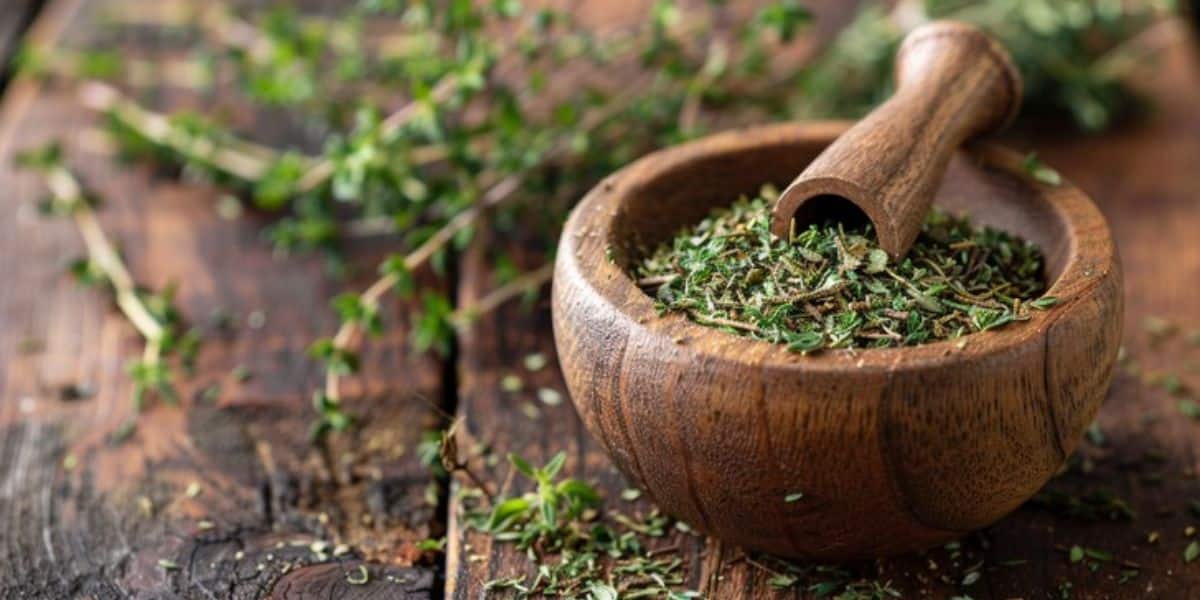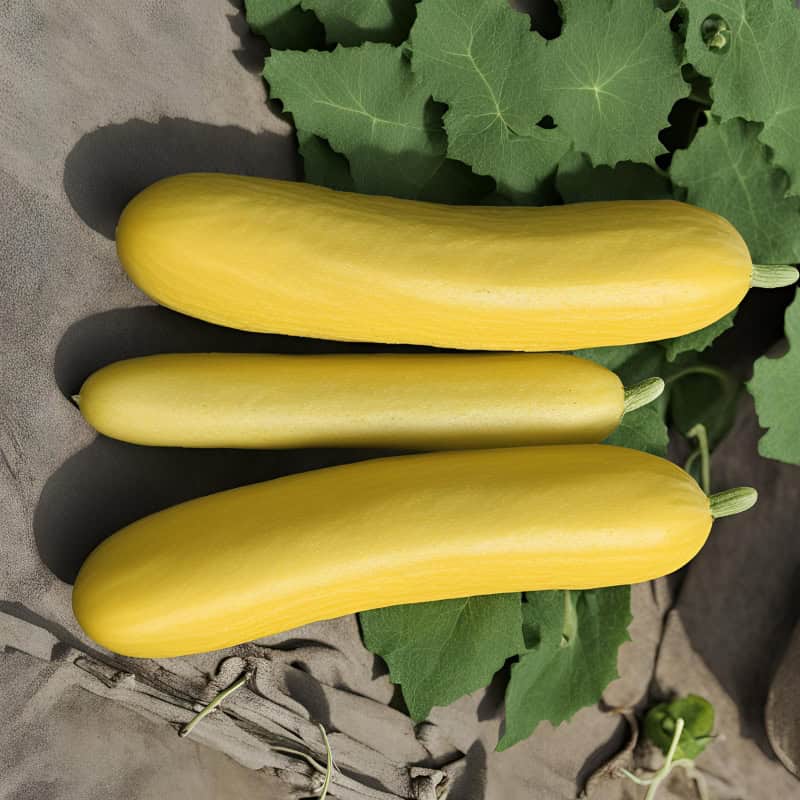In the vast world of leafy greens, where shades of green dominate, there emerges a vibrant splash of color – purple lettuce. It’s not just a visual delight; it’s a promise of health and sustainability. In this comprehensive guide, we’ll explore the allure of purple lettuce, from its nutritional power to its culinary versatility, sustainable cultivation practices, historical roots, and even some advanced gardening tips. So, let’s embark on a journey into the world of purple lettuce and discover why it deserves a place in your garden and on your plate.
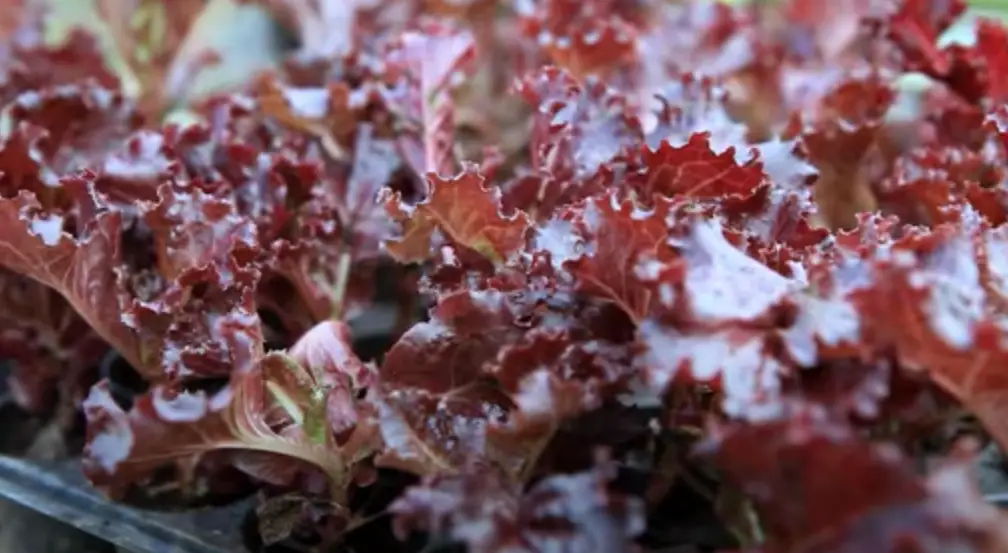
Credits: Zimbo kitchen
Anthocyanins – The Color of Purple Lettuce
Purple lettuce owes its rich purple hue to anthocyanins, potent antioxidants renowned for their health benefits. These natural compounds have been associated with disease prevention, heart health, and cognitive function support. Anthocyanins belong to a group of flavonoids, which are responsible for the vibrant red, purple, and blue colors seen in various fruits and vegetables.
Anthocyanins, in particular, have garnered significant attention in recent years due to their potential health-promoting properties. Studies have suggested that they may help reduce the risk of chronic diseases, including heart disease, diabetes, and certain types of cancer. They are also known for their anti-inflammatory effects, which can contribute to overall well-being.
While most lettuce varieties provide essential nutrients, purple lettuce stands out for its higher concentration of anthocyanins. These antioxidants not only add a vibrant hue to your salads but also provide a nutritional boost that contributes to a healthier you.
Also Read: Ultimate Guide to Cultivating Purple Broccoli + Bonus Recipe!
Vitamins A and K – The Immune and Bone Boosters
With low calories and a wealth of vitamins A and K, purple lettuce is a nutritional powerhouse. These vitamins play a crucial role in enhancing immune function and maintaining strong bones.
Vitamin A: Purple lettuce is a rich source of vitamin A, primarily in the form of beta-carotene. Beta-carotene is a precursor to vitamin A, and the body converts it as needed. Vitamin A is essential for maintaining healthy vision, a strong immune system, and proper functioning of the heart, lungs, and kidneys.
Vitamin K: Vitamin K is vital for blood clotting and bone health. Purple lettuce is abundant in vitamin K, particularly vitamin K1 (phylloquinone), which plays a significant role in bone metabolism. Adequate vitamin K intake can help reduce the risk of fractures and osteoporosis.
Consuming purple lettuce regularly can contribute to your daily vitamin A and K requirements, promoting overall well-being and health.
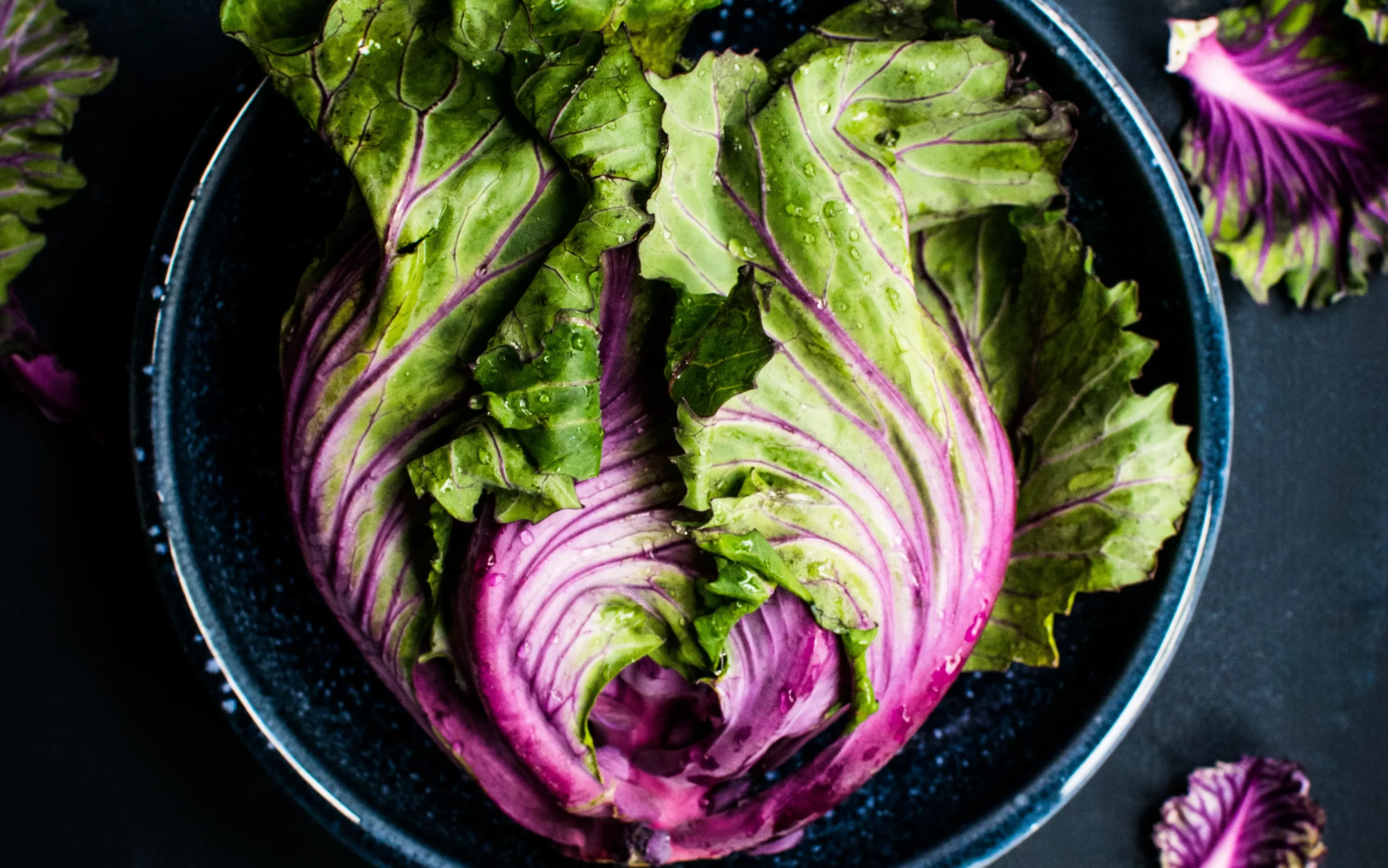
A Palette of Tastes
Purple lettuce’s adaptability makes it a fantastic addition to a variety of dishes. Its crisp texture elevates salads, while its striking purple color adds visual appeal as a garnish to sandwiches and wraps. And for those who love smoothies, purple lettuce can infuse your blends with freshness and nutrition.
Salads: Purple lettuce’s tender leaves and mild flavor make it an excellent base for salads. Its vibrant color adds a visual pop to your salad bowl, making it even more appealing. Combine purple lettuce with other greens, fruits, nuts, and your favorite dressing for a delicious and healthy salad.
Sandwiches and Wraps: Purple lettuce leaves can serve as a visually striking and nutritious substitute for traditional lettuce varieties in sandwiches and wraps. Their sturdy yet crisp texture provides a delightful crunch and an extra layer of flavor to your favorite sandwich or wrap fillings.
Smoothies: Yes, you read that right. Purple lettuce can find its way into your morning smoothie. Its mild taste won’t overpower other ingredients, and it adds a fresh, nutritious element to your smoothie creations. Try blending purple lettuce with fruits like bananas, berries, and a splash of yogurt for a refreshing and nutrient-packed beverage.
Recipe Exploration
Unleash your culinary creativity with purple lettuce. Discover a range of inspiring recipes that showcase its versatility. From vibrant salads to unique wraps and even surprising smoothie combinations, the possibilities are endless.
Purple Lettuce and Strawberry Salad: Combine purple lettuce with fresh strawberries, feta cheese, and a balsamic vinaigrette for a delightful summer salad that’s both sweet and savory.
Grilled Chicken and Purple Lettuce Wrap: Grill some chicken breast and wrap it in purple lettuce leaves along with sliced avocado, cherry tomatoes, and a drizzle of your favorite sauce for a low-carb, high-flavor meal.
Green Goddess Smoothie: Blend purple lettuce with spinach, Greek yogurt, a ripe banana, and a touch of honey for a creamy and nutritious green smoothie that’s perfect for breakfast or a post-workout refuel.
Stuffed Purple Lettuce Leaves: Use purple lettuce leaves as edible wrappers for a variety of fillings. You can go classic with tuna salad or get creative with vegetarian options like hummus and roasted veggies.
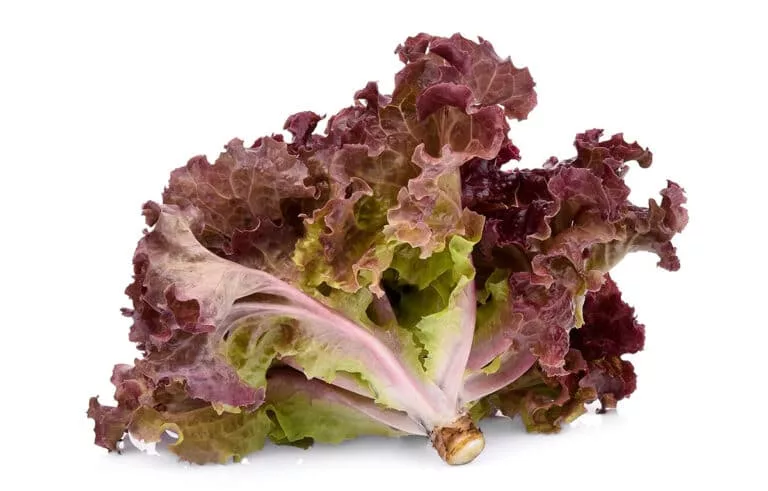
Credits: liveeatlearn
Organic Beginnings
Starting with organic seeds or seedlings is essential to ensure your purple lettuce is free from harmful chemicals. Learn how to enrich your soil with organic compost, providing a healthy foundation for your garden.
Organic gardening is not just about what you don’t use (synthetic chemicals), but also about what you do use. When you choose organic seeds or seedlings for your purple lettuce, you’re ensuring that your plants have a clean and healthy start. Organic seeds are not genetically modified and are free from synthetic pesticides and herbicides.
Also Read: Optimize Your Lettuce Grow Farmstand Yield with These 7 Proven Steps
Eco-friendly Gardening Practices
Explore sustainable water management and natural pest control methods to protect your lettuce and contribute to a balanced ecosystem. Cultivating purple lettuce becomes an environmentally friendly endeavor that aligns with sustainable living principles.
Water Conservation: Use efficient watering techniques to minimize water wastage. Consider drip irrigation systems or soaker hoses to deliver water directly to the root zone, reducing evaporation and runoff. Mulching around your purple lettuce plants can also help retain soil moisture.
Companion Planting: Planting purple lettuce alongside companion plants can help deter pests naturally. For instance, planting aromatic herbs like basil and marigolds near your lettuce can repel common garden pests like aphids and whiteflies.
Crop Rotation: To prevent soil depletion and reduce the risk of diseases and pests, practice crop rotation. Avoid planting purple lettuce in the same spot year after year. Rotate your crops to different garden beds or areas to maintain soil health.
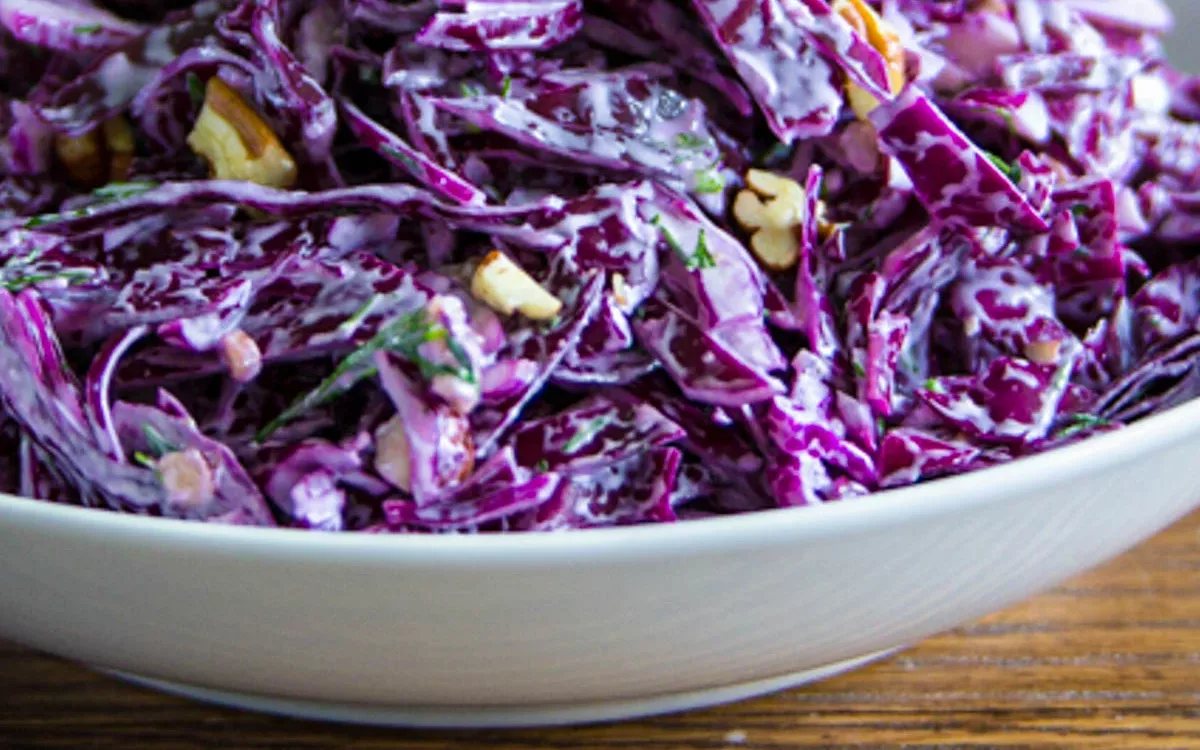
Credits: simplyhomecoook
A Historic and Botanic Perspective
Delve into the intriguing history of purple lettuce, dating back to ancient Egypt. Uncover its botanical connections with artichokes and sunflowers, adding a layer of fascination to your gardening and culinary journey.
Historical Significance: Purple lettuce has a rich history dating back thousands of years. Ancient Egyptians cultivated lettuce, including purple varieties, and considered it a symbol of fertility and love. It was often used in religious ceremonies and offered to the god of fertility, Min.
Botanical Kinship: Purple lettuce, scientifically known as Lactuca sativa var. capitata, shares its botanical family, Asteraceae, with several other well-known plants. One intriguing connection is with the artichoke (Cynara cardunculus) and the sunflower (Helianthus annuus). These plants, despite their differences in appearance and use, belong to the same botanical family, showcasing the diversity within the Asteraceae family.
Conclusion
In conclusion, purple lettuce is more than just a vegetable; it’s a symbol of health, sustainability, and culinary innovation. Whether you’re a seasoned gardener or a novice, this guide encourages you to cultivate purple lettuce and embrace its multitude of health benefits. As you embark on this journey, remember that you’re not just growing a vegetable; you’re nurturing a lifestyle filled with vibrant health and culinary exploration.
Discover more about sustainable living; explore our food blogs for eco-friendly eating insights and facts!




